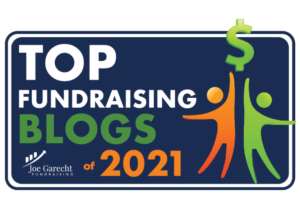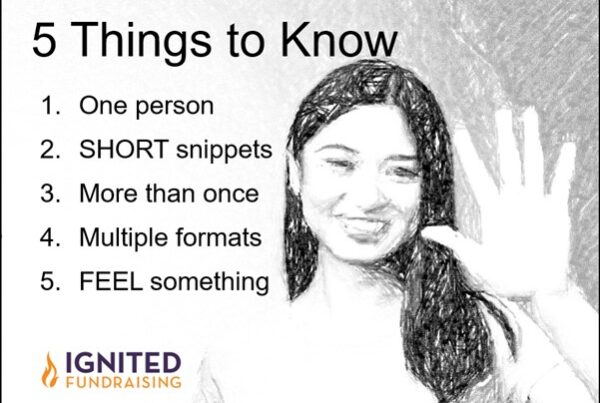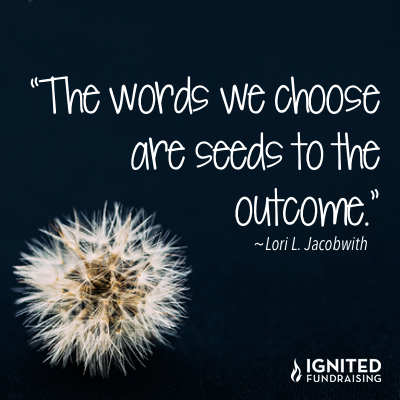It’s the beginning of a fresh new year.
Last year you learned a lot about keeping your supporters engaged and making gifts of time, talent, stuff, or money. And you’ve put that knowledge into a communication plan to make 2014 spectacular, right?
Or not.
You’ve been busy with thank you letters and calls. You’ve been making sure to complete the data entry on all the contributions that arrived via mail. You have a spring fundraising event coming up that is tugging at you.
It’s still January and you already feel like you’re behind this year. That’s more your reality, right?
If so, I encourage, no, I strongly recommend you and a few team members take the time to put your communication calendar down on paper. Making a plan for your donor communication WILL allow you to weather the inevitable crises and last minute requests from others.
By scheduling when emails and mailings need to be sent you can then plan to have things written ahead of time, and keep them “in the can” so-to-speak. You can rely on your plan to guide you through the busy year-ahead.
A few years ago I wrote a blog post: Keep Track of Donor Communications With this Awesome Tool. The post has an excellent Excel sample communication plan you can download for free.
Today I’m adding to that plan with this year-one communication plan for first-time donors. I’ve added it to the Free Resources section.
Remember: be relevant, interesting, and put both the “talking” and the “listening” into your communication.
The goal of your communication with your supporters, especially your first-time donors, is to determine if there is a relationship there that you can build on.
Multiple contacts are they key ONLY IF they are not all asking for money.
According to Penelope Burk and Cygnus Research, only 6% of donors thoroughly read communications charities send them; a dismal statistic, for sure.
What donors DO read is*:
- Information about your impact
- Information about costs of programs
- Information about the social issues you are addressing
- And they want to see more detail on specific projects where funding is needed
*Source: Root Cause Report. Informed Giving. Information Donors Want and How Nonprofits Can Provide It.
Here are two more great reads to help you with your communication plan for 2014:
How New Donor Communication Plans Can Improve Donor Retention
Slides & transcript from Kivi Leroux Miller: Creating A Donor Communications Plan








I’m glad to be reading this article, I simply want to offer you a huge thumbs up for your great information.
Tableau Guru
http://www.sqiar.com
Thanks for reading!